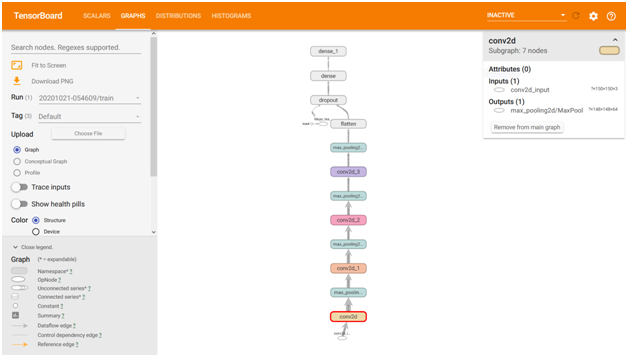科學家的主要作用是從數據中提取基礎知識。材料科學中機器學習的目標是通過自動識別關鍵數據之間的關系來獲得科學知識的深入理解,從而加速基礎科學研究。但如何自動識別關鍵數據之間的關系尚需深入研究。
來自美國加州理工學院的John M. Gregoire領導的團隊證明,通過分析訓練的神經網絡模型本身,可以加速上述知識獲取過程。以BiVO4基光陽極為例,他們使用訓練的卷積神經網絡預測了該體系的光電化學性能。他們利用高通量實驗獲得的1379個光陽極樣品的組成和拉曼光譜來訓練神經網絡模型。該模型的梯度能有效地可視化材料參數空間中特定區域的數據規律,以及整個數據集的數據規律。梯度自動分析為材料研究提供了指導,包括如何超越現有數據集的限制,以進一步提高材料性能。這種解釋機器學習模型的方法加速了人們對材料科學的認識,并揭示了科學發現的自動化途徑。
該文近期發表于npj Computational Materials5:34 (2019),英文標題與摘要如下,點擊左下角“閱讀原文”可以自由獲取論文PDF。

Analyzing machine learning models to accelerate generation of fundamental materials insights
Mitsutaro Umehara, Helge S. Stein, Dan Guevarra, Paul F. Newhouse, David A. Boyd & John M. Gregoire
Machine learning for materials science envisions the acceleration of basic science research through automated identification of key data relationships to augment human interpretation and gain scientific understanding. A primary role of scientists is extraction of fundamental knowledge from data, and we demonstrate that this extraction can be accelerated using neural networks via analysis of the trained data model itself rather than its application as a prediction tool. Convolutional neural networks excel at modeling complex data relationships in multi-dimensional parameter spaces, such as that mapped by a combinatorial materials science experiment. Measuring a performance metric in a given materials space provides direct information about (locally) optimal materials but not the underlying materials science that gives rise to the variation in performance. By building a model that predicts performance (in this case photoelectrochemical power generation of a solar fuels photoanode) from materials parameters (in this case composition and Raman signal), subsequent analysis of gradients in the trained model reveals key data relationships that are not readily identified by human inspection or traditional statistical analyses. Human interpretation of these key relationships produces the desired fundamental understanding, demonstrating a framework in which machine learning accelerates data interpretation by leveraging the expertize of the human scientist. We also demonstrate the use of neural network gradient analysis to automate prediction of the directions in parameter space, such as the addition of specific alloying elements, that may increase performance by moving beyond the confines of existing data.

-
機器學習
+關注
關注
66文章
8408瀏覽量
132576 -
機器學習模型
+關注
關注
0文章
9瀏覽量
2569
原文標題:npj: 分析機器學習模型-加速材料的基礎認識
文章出處:【微信號:zhishexueshuquan,微信公眾號:知社學術圈】歡迎添加關注!文章轉載請注明出處。
發布評論請先 登錄
相關推薦
機器學習模型可解釋性的結果分析





 一文分析機器學習的模型
一文分析機器學習的模型















評論